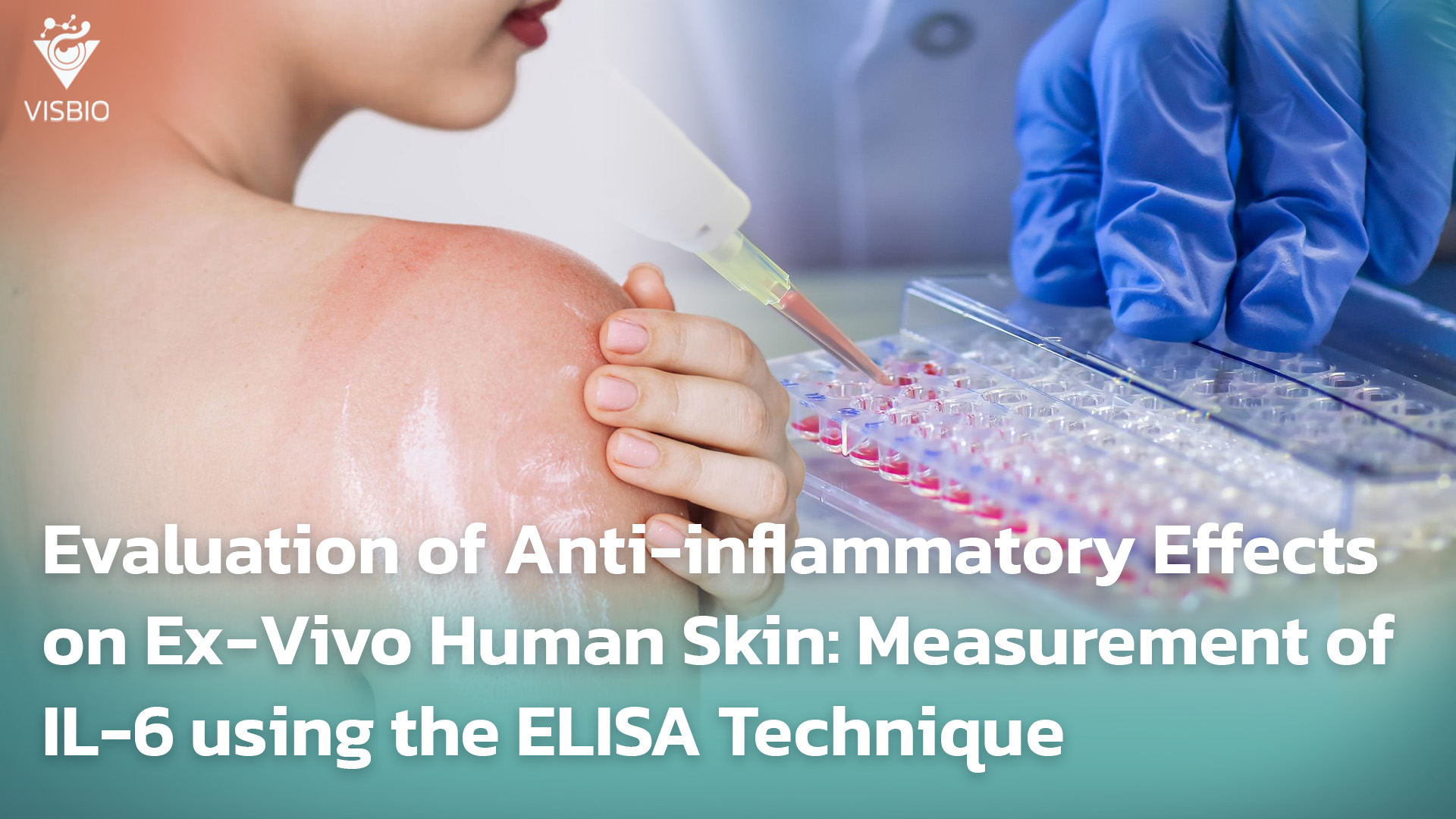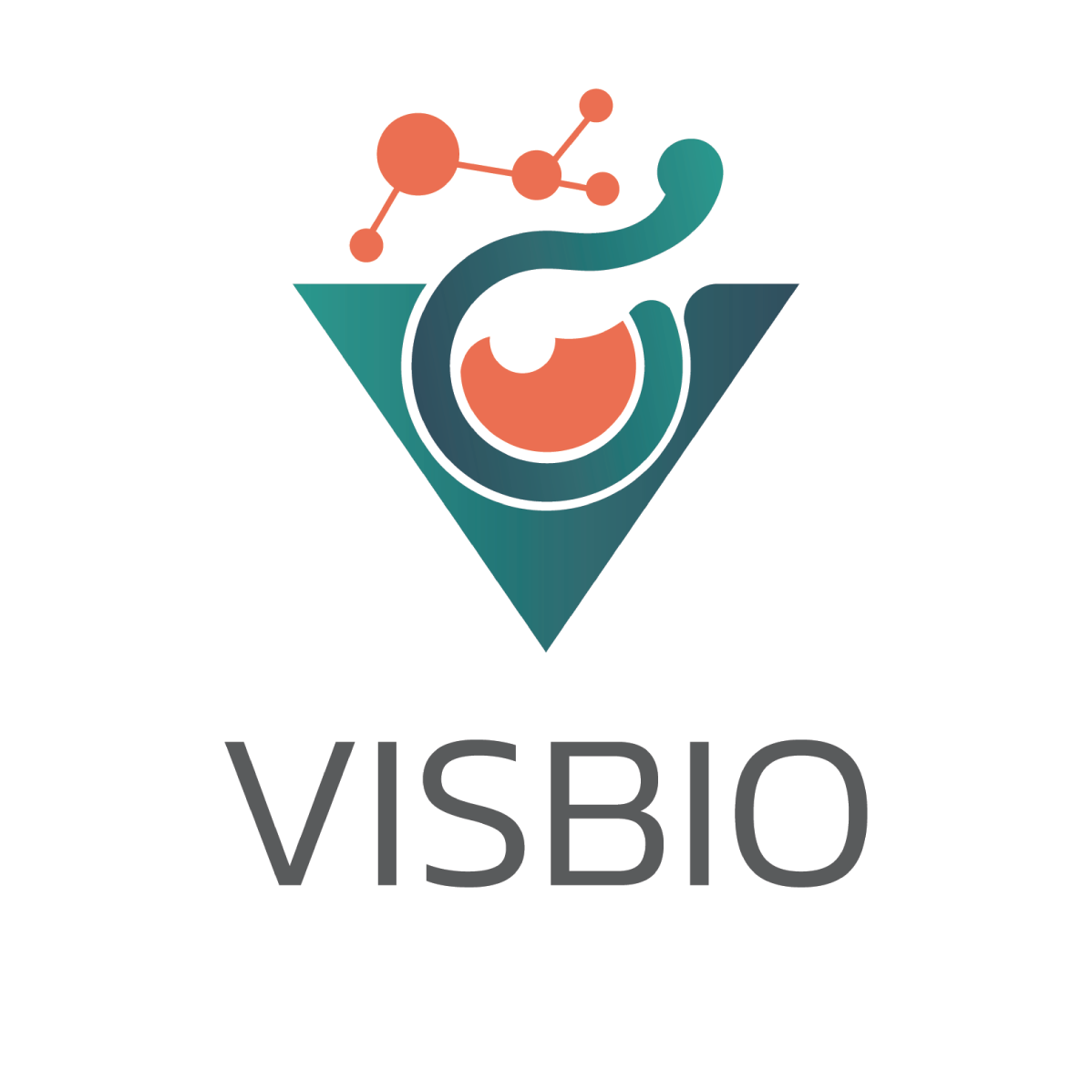
Evaluation of Anti-inflammatory Effects on Ex-Vivo Human Skin: Measurement of Interleukin-6 (IL-6) using the ELISA Technique
kin inflammatory conditions represent a significant challenge impacting both health and aesthetics. Consequently, the development and rigorous evaluation of active ingredients possessing effective anti-inflammatory properties are of paramount importance within this industry.
Within the mechanisms of skin inflammation, Interleukin-6 (IL-6) functions as a key cytokine with a complex role. Although involved in tissue repair, abnormal activity or excessive production of IL-6 is directly linked to chronic inflammatory states and cutaneous pathology. Therefore, understanding and controlling IL-6 levels are crucial for managing skin inflammatory issues. Evaluating the potential of anti-inflammatory substances necessitates models capable of accurately reflecting human skin responses.
Ex-Vivo human skin models are considered valuable tools for this research. They offer advantages superior to animal testing, both in terms of the physiological resemblance to actual human tissue and the avoidance of more complex ethical considerations. Ex-Vivo models preserve the structure and viability of tissue, allowing direct evaluation of substance penetration and biological responses within the dermal matrix, including the measurement of changes in inflammatory marker levels.
The application of Ex-Vivo human skin models in conjunction with measuring IL-6 levels using the ELISA technique is consequently an effective and internationally standardized approach for evaluating the anti-inflammatory effects of active ingredients. This provides robust scientific data for product development and validation processes.
Interleukin-6 (IL-6): A Key Biological Indicator in Skin Inflammation
Interleukin-6 (IL-6) is a pleiotropic cytokine with significant importance in the processes of skin inflammation and repair. Understanding the functions and sources of IL-6, as well as the complexities of its signaling, is essential for interpreting the results of anti-inflammatory assays.
- Biological Functions of IL-6 in Skin: Mechanisms of Pro-inflammatory Promotion and Repair Processes IL-6 plays a complex role and is often viewed as having a dual nature, acting both as a promoter of inflammation and a contributor to repair processes.
- Pro-inflammatory Role: IL-6 is rapidly and transiently produced in response to infection and tissue injury. It is released early and stimulates the secretion of other pro-inflammatory cytokines from macrophages, keratinocytes, endothelial, and stromal cells. Furthermore, IL-6 promotes the chemotaxis of leukocytes to the site of injury. Thus, IL-6 plays a crucial role in acute inflammation and aids in bodily defense through the induction of acute phase responses and immune reactions.
- Reparative Role: As inflammation progresses, IL-6 signaling also contributes to the transition towards a pro-reparative environment, which is necessary for timely wound healing. IL-6 is essential for wound healing.
IL-6 is a gene encoding a cytokine involved in inflammation and the maturation of B cells. The protein produced by this gene is an endogenous pyrogen that can induce fever in patients with autoimmune diseases or infections. The gene is primarily expressed at sites of acute and chronic inflammation, where it is secreted into the serum and induces a transcriptional inflammatory response via the interleukin 6 receptor, alpha. The function of this gene is implicated in a wide variety of inflammation-associated disease states, including susceptibility to diabetes mellitus and systemic juvenile rheumatoid arthritis. Elevated levels of the encoded protein have been found in viral infections, including COVID-19 (disease caused by SARS-CoV-2). Diseases associated with IL6 include Kaposi Sarcoma and Systemic Juvenile Rheumatoid Arthritis.
Enzyme-Linked Immunosorbent Assay (ELISA): A Standard Technique for IL-6 Quantification
Enzyme-Linked Immunosorbent Assay (ELISA) is a widely utilized technique for quantifying cytokines, including IL-6, in various sample types.
- Principle of the Sandwich ELISA Technique for IL-6 Detection This principle measures the amount of the target analyte captured between a matched antibody pair. A target-specific antibody (capture antibody) is pre-coated in the wells of the microplate. Samples, standards, or controls containing the target are then added and bind to the immobilized capture antibody. The sandwich is formed by the addition of a second, labeled antibody (detector antibody). A substrate solution is subsequently added, which reacts with the enzyme-antibody-target complex to produce a measurable signal (e.g., color). The intensity of this signal is directly proportional to the concentration of the target analyte present in the original specimen.
Ex-Vivo Human Skin Model: A Realistic Platform for Anti-inflammatory Effect Evaluation
Ex-Vivo human skin models represent a highly valuable tool in dermatological research, particularly for evaluating the anti-inflammatory efficacy of active ingredients or products. This is due to their close resemblance to the physiology of natural human skin, while maintaining the complexity of the skin structure.
Furthermore, the use of ex-vivo human skin models helps avoid ethical concerns associated with animal experimentation. Animal skin is known to differ significantly from human skin in terms of microanatomy and physiology.
The ability to apply test substances in the ex-vivo model allows for accurate evaluation of compound penetration and the modulation (stimulation or inhibition) of localized biological responses within the human tissue matrix. Specifically, changes in the levels of Interleukin-6 (IL-6), a key cytokine involved in inflammation, can be measured using the specific and precise ELISA technique. Measuring IL-6 levels in this ex-vivo model, which closely simulates clinical application scenarios, facilitates reliable evaluation of the efficacy of substances aimed at reducing inflammation.
Therefore, the ex-vivo model is highly suitable for evaluating the efficacy of substances possessing anti-inflammatory properties through the measurement of inflammatory markers such as IL-6 using the ELISA technique.
Evaluation of Anti-inflammatory Activity on Ex-Vivo Human Skin: Measurement of Interleukin-6 (IL-6) using ELISA: Suitable Examples
IL-6 is produced by various skin cells, such as keratinocytes and fibroblasts, as well as immune cells residing in the skin. When the skin is exposed to inflammatory stimuli, such as UV radiation, chemicals, or infection, IL-6 is produced in large quantities. It acts as a mediator to trigger other inflammatory signals, induce the migration of immune cells to the inflamed area, and participates in tissue repair processes. Elevated levels of IL-6 are thus a clear indicator of inflammation occurring in the skin.
The evaluation of anti-inflammatory efficacy by measuring IL-6 in Ex-Vivo models involves applying the product or substance to be tested to Ex-Vivo skin samples, then inducing inflammation, and subsequently measuring the quantity of IL-6 produced by the skin cells in those samples using the ELISA technique, which is a specific and accurate method for protein quantification. If a product can reduce the elevated levels of IL-6 resulting from inflammation, it indicates that the product likely possesses anti-inflammatory properties.
Examples of suitable products, active ingredients, and topical medicines for this testing include:
1.Products:
- Products to soothe irritation/allergy: Such as lotions, creams, serums for sensitive or allergy-prone skin.
- Products to reduce redness/sunburn: Directly related to reducing UV-induced inflammation.
- Products for inflamed acne: As IL-6 is involved in the inflammatory process of acne.
- Products used after exfoliation or treatments that cause inflammation.
2.Active Ingredients:
- Plant extracts: Such as chamomile extract, allantoin, licorice extract, Centella asiatica extract, mangosteen peel extract.
- Peptides
- Synthetic compounds
3.Topical Medicine
Literature:
- Johnson, B. Z., Stevenson, A. W., Prêle, C. M., Fear, M. W., & Wood, F. M. (2020). The Role of IL-6 in Skin Fibrosis and Cutaneous Wound Healing. Biomedicines, 8(5), 101.
- Tanaka, T., Narazaki, M., & Kishimoto, T. (2014). IL-6 in Inflammation, Immunity, and Disease. Cold Spring Harbor Perspectives in Biology, 6(10), a016295.

